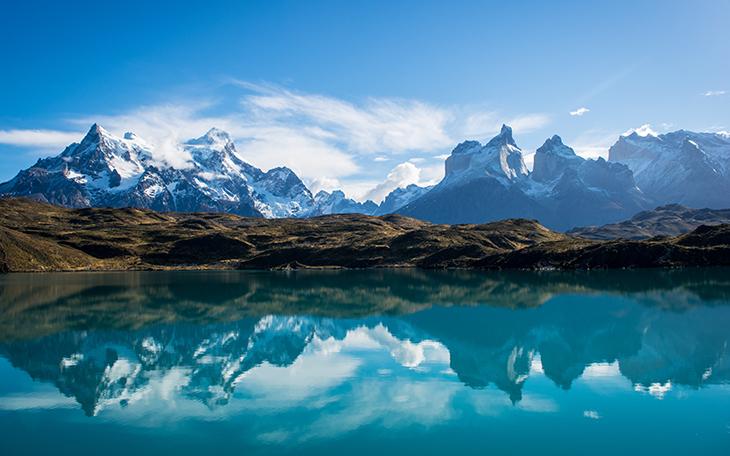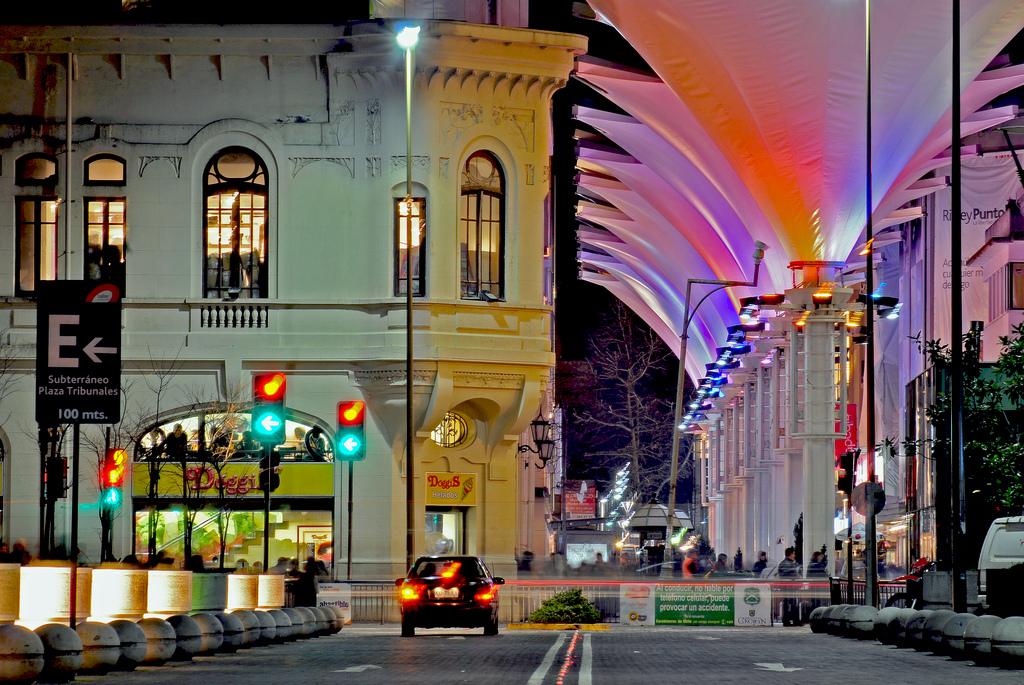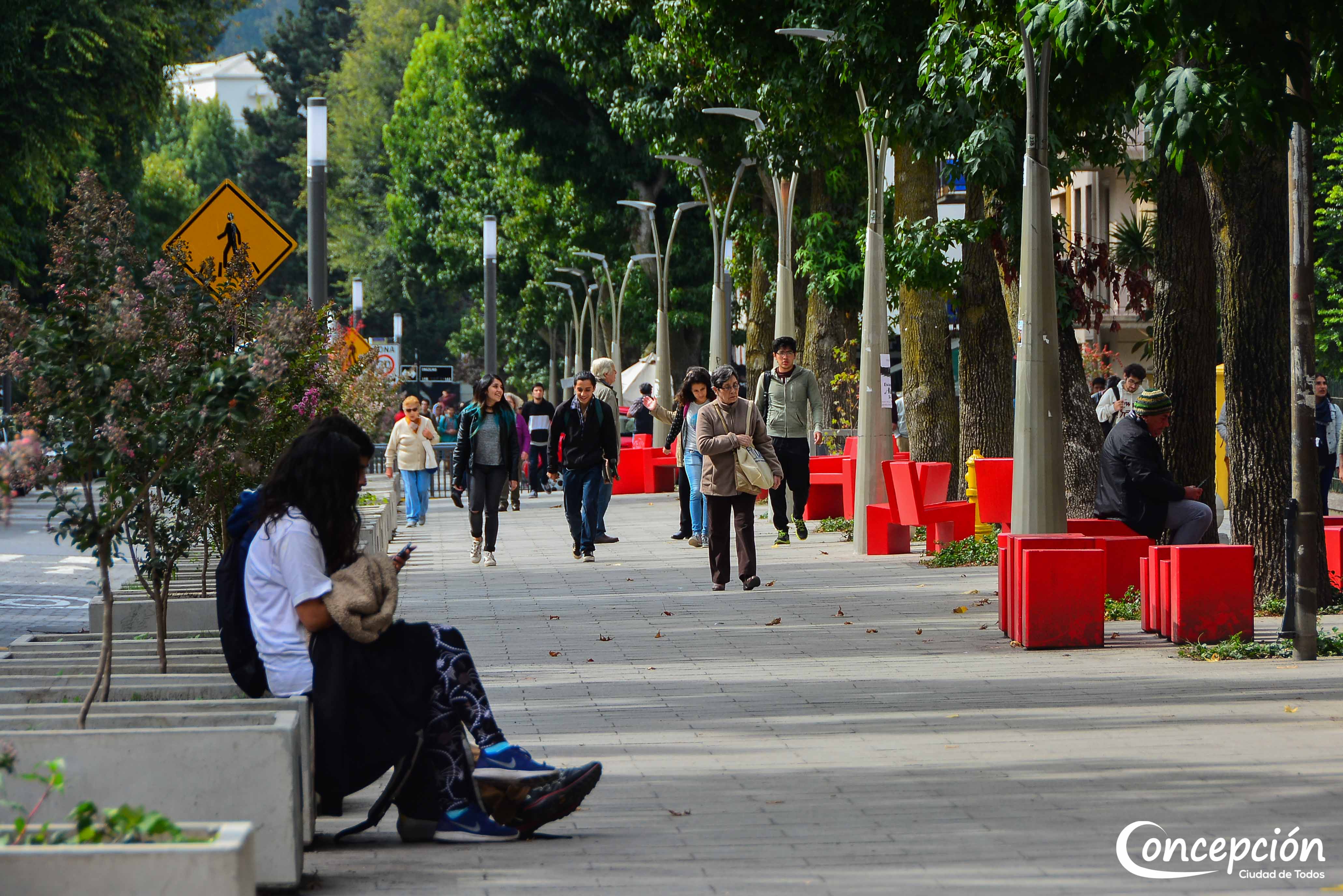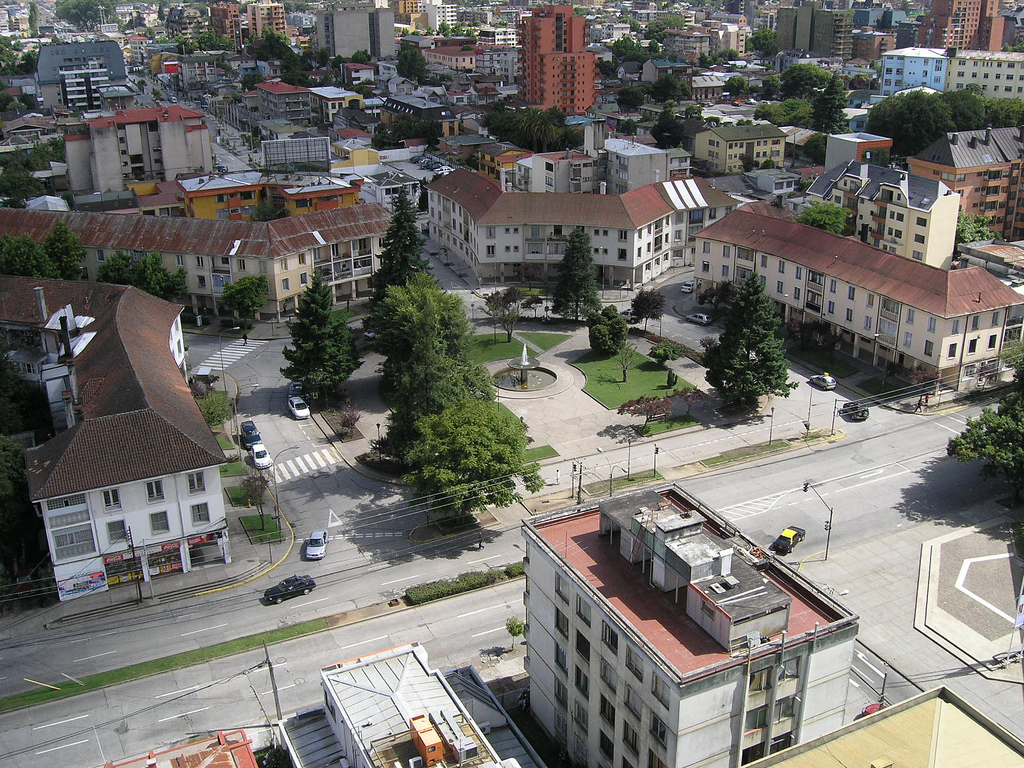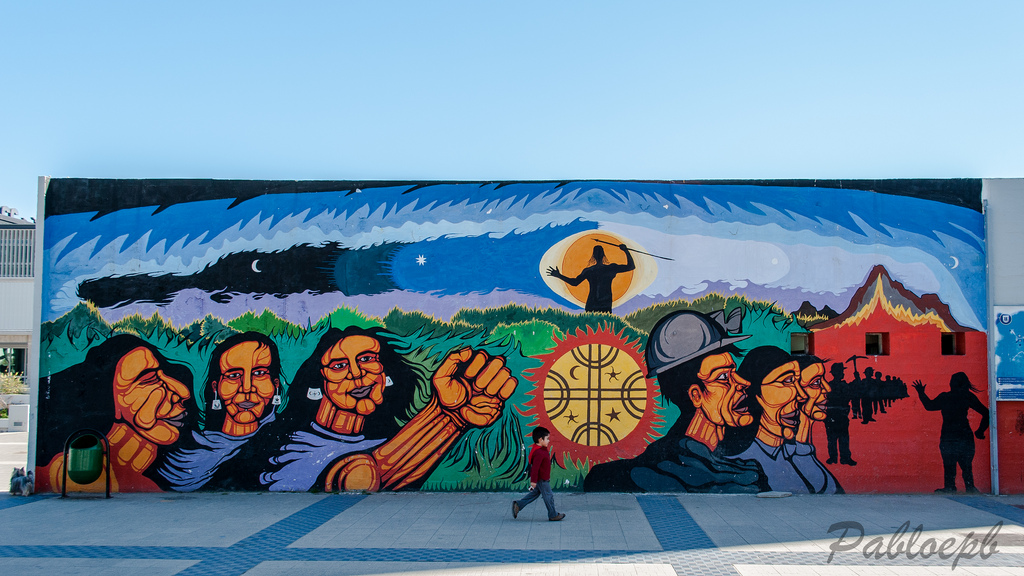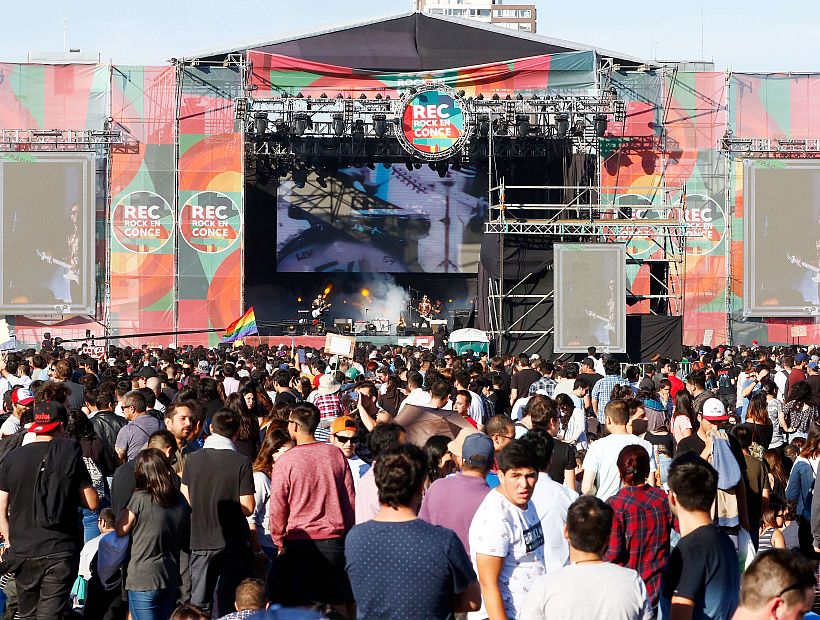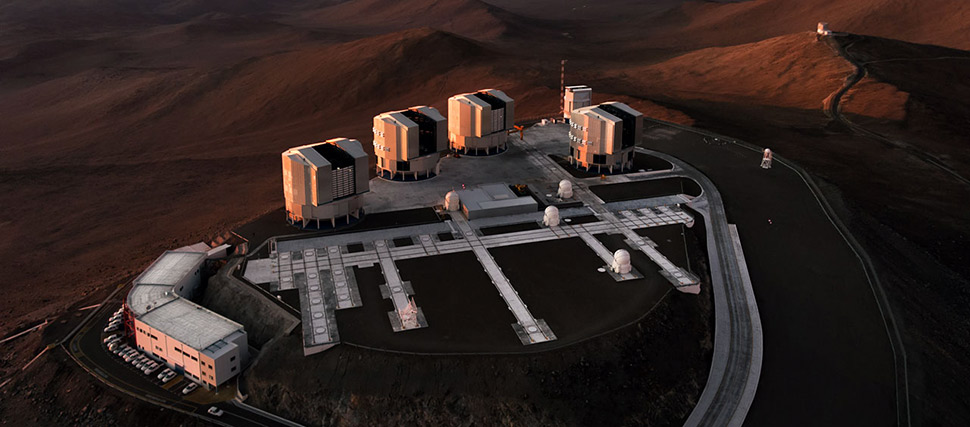Chile also offers a wide variety of tourist destinations, including the deserts in the north, the Andinian mountains in the east and Patagonia in the South, with a very nice landscape consisting of mountains, glaciers and rivers, as well as the opportunity of visiting the Easter Island. We briefly comment here on some possibilities:
1) The region of Patagonia in the South of Chile contains many beautiful landscapes, that are ideal to visit in the summer of the Southern hemisphere, particularly in February or March. A very well-known tourist destination is the national park "Torres del Paine", which includes several mountains, including the three "torres", which are tower-like mountains, very nice rivers and lakes, and also a glacier that can be seen from very close-by through a ferry. To plan a visit to Torres del Paine, we recommend booking a national flight from Santiago to Puerto Natales, and to rent a car in Puerto Natales. It is recommendable to also book the hotel or a wood cabin (cabaña) some time in advance, particularly for visits in February. It is also possible to consider an additional bus trip from Puerto Natales to Punta Arenas, from where one can visit the Isla Magdalena, which hosts many penguins, and of course there are further interesting destinations.
2) In the north of Chile, a very well-known tourist destination is San Pedro de Atacama. This city can be reached through a flight from Santiago to Calama, from where one can take a bus to San Pedro. San Pedro is on the Andinian high plateau, with a height of about 2.400 meters above sea level. It may thus require some initial adjustment to the altitude. The city lies within the Atacama desert, and we note that the sun can be very intense, and it is strongly recommended to use sun cream, carry water and to use a hat for protection. From San Pedro, one can join several tours to visit parts of the desert, salt pans, volcanoes, geysers and hot springs. In addition, this is
also the starting point to visit ALMA site, see the information above. Please note that you have to register
in advance to visit the telescope site. This requires a medical examination for altitude to be done before the travel.
3) The Easter Island is also part of Chile, and a very nice destination both regarding the landscape as well as the history and culture of the place. It has a distance of about 3500 kilometers from the closest continantal point in Chile, and can be reached via a flight from Santiago. On the Easter Island, it is possible to visit the famous monumental statues called moai, to enjoy the landscape as well as the nice beaches. Typical activities on the Easter Island include cycling and as well as scuba diving. In case you are interested to visit the island, we recommend to book the flight well in advance.
Some additional information can be found here and here.
